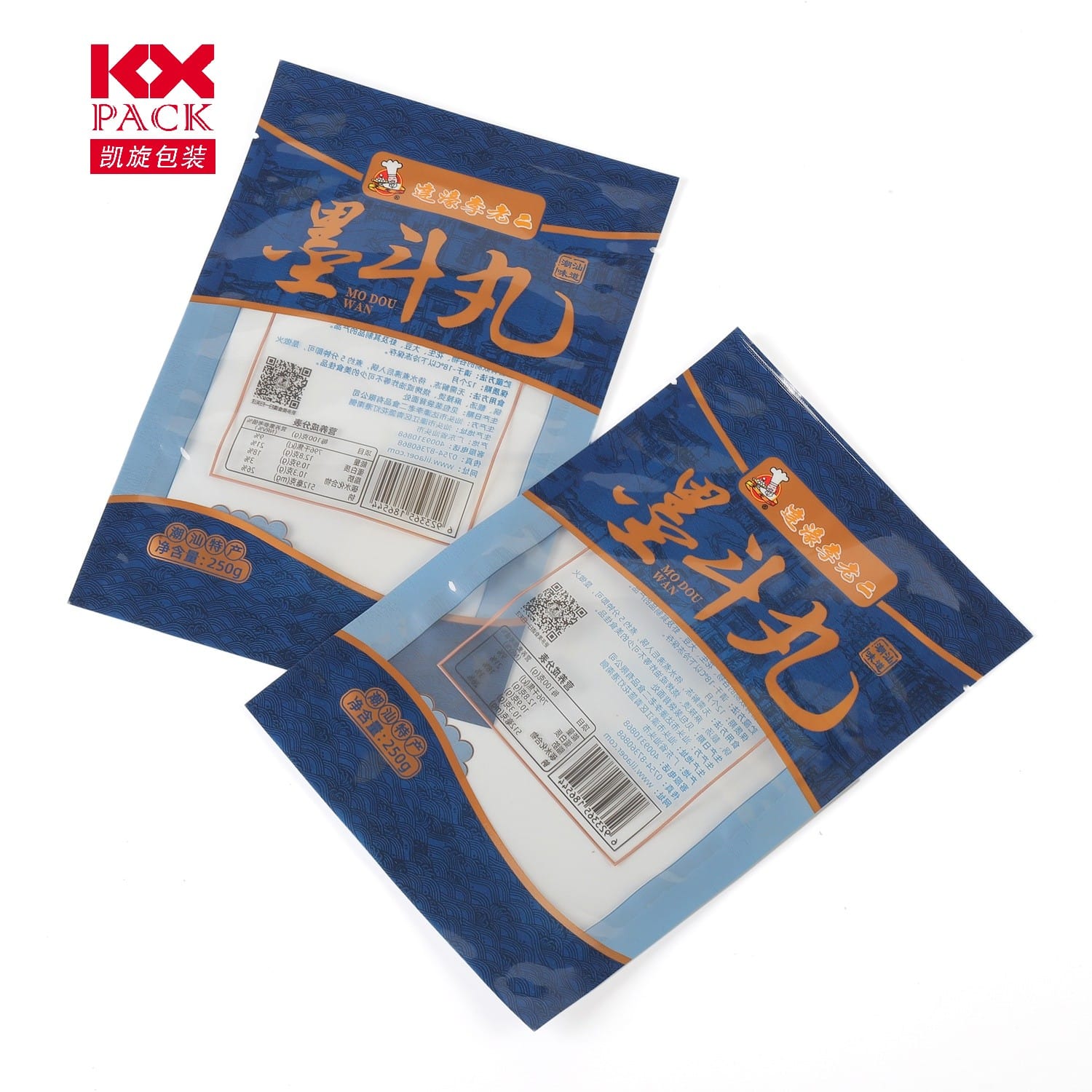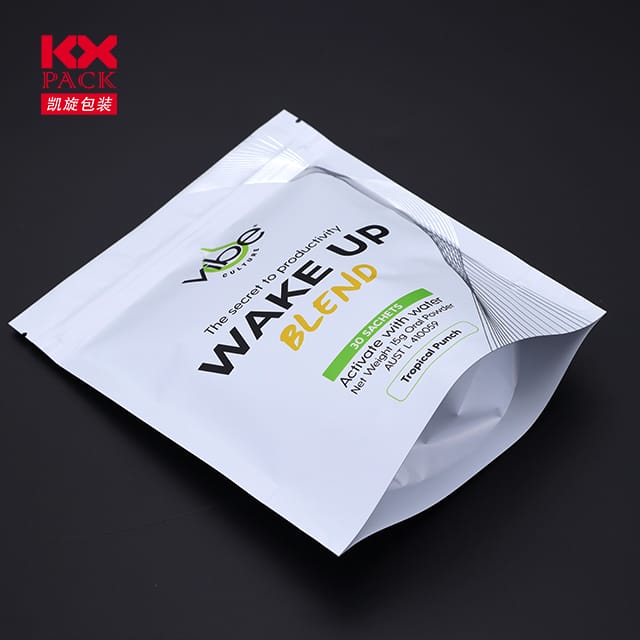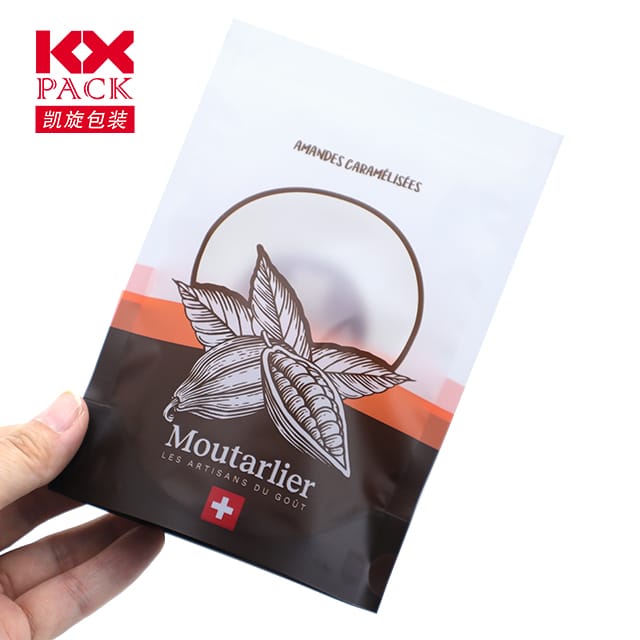Film uszczelniający plastik: Niedoceniony bohater nowoczesnych opakowań i nie tylko
Film uszczelniający plastik
In a world where packaging efficiency, bezpieczeństwo produktu, a zrównoważony rozwój jest najważniejszy, Film uszczelniający plastik has emerged as a critical material across industries. Od ochrony świeżości żywności po umożliwienie zaawansowanych technologicznie zastosowań laboratoryjnych, ten wszechstronny materiał zmienia sposób, w jaki chronimy, transport, i przechowywać towary. Przyjrzyjmy się jego innowacjom, Zastosowania, and why it’s becoming indispensable in today’s fast-paced markets.
1. What Makes Sealing Film Plastic So Versatile?
Film uszczelniający plastik refers to a broad category of thermoplastic materials designed to create airtight, durable seals when heated or applied under pressure. Its adaptability stems from key properties:
- Uszczelność cieplna: Films like Low-Density Polyethylene (LDPE) and Cast Polypropylene (CPP) melt upon heating, forming strong bonds without adhesives.
- Ochrona bariery: Multi-layered films (NP., BOPP/LDPE composites) block moisture, tlen, i zanieczyszczenia, przedłużenie okresu trwałości.
- Przezroczystość & Clarity: High-clarity films (NP., Bopp) allow product visibility, crucial for retail and food packaging.
- Wytrzymałość mechaniczna: Reinforced stretch films used in pallet wrapping withstand transportation stresses, zmniejszenie wskaźników szkód o 40%.
2. Key Applications Across Industries
A. Opakowania na żywność: Freshness at Your Fingertips
- Przekąski: Transparent heat-sealable windows in bags for dried fruits, granola bars, and chips rely on LDPE or CPP films for moisture resistance and tamper-proof seals.
- Ovenable Films: Pre-made frozen meals use specialized films that withstand microwave or oven temperatures (up to 220°C), eliminating the need for secondary containers.
- Lidding Films: Yogurt, soups, and meats are sealed with films that create hermetic barriers, preventing spoilage and leaks.
B. Logistics & Opakowania przemysłowe: Strength Meets Efficiency
- Owijanie palet: Stretch films with reinforced layers secure goods during transit, reducing packaging waste by 30% compared to traditional methods.
- Filmy zimne foki: Used in pharmaceuticals and electronics, these films activate at room temperature, preserving sensitive products without heat damage.
C. Laboratory & Opieka zdrowotna: Precision and Safety
- Uszczelnienie mikropłytek: Optically clear films enable real-time sample visualization in ELISA, PCR, and fluorescence assays, while foil-based variants offer solvent resistance for hazardous materials.
- Breathable Films: Cell culture and seed storage benefit from porous seals that regulate gas exchange while maintaining sterility.
D. Consumer Convenience: From Bubble Tea to Everyday Life
- Automatic Cup Sealing: Bubble tea shops use heat-sealable films to create leak-proof lids, cutting storage space by 50% versus traditional plastic caps.
3. Wzrost rynku & Sustainability Trends
Globalny Film uszczelniający plastik market is projected to grow at a 5.25% CAGR through 2034, prowadzony przez:
- Asia-Pacific Demand: Rising food and pharmaceutical sectors in China, Indie, and Southeast Asia are fueling adoption.
- Eco-Friendly Innovations: Manufacturers are developing biodegradable films (NP., PLA blends) and recyclable multi-layer structures to meet circular economy goals.
- Cold Seal Technology: Expected to reach $7.2 miliard przez 2035, this method reduces energy consumption by eliminating high-heat processes.
4. Wyzwania & Przyszłe kierunki
While sealing films offer immense benefits, challenges persist:
- Złożoność recyklingu: Filmy wielowarstwowe są trudne do oddzielenia, prompting research into mono-material designs.
- Temperature Sensitivity: Some films degrade under extreme cold or heat, limiting use in frozen foods or autoclaving.
Jednakże, advancements likeultrasonic sealing (using high-frequency vibrations instead of heat) Iblock copolymer blends (enhancing flexibility at low temperatures) are paving the way for smarter solutions.
Wniosek: A Material That Seals the Deal
Sealing Film Plastic is more than just packaging—it’s a catalyst for efficiency, bezpieczeństwo, i zrównoważony rozwój. Whether protecting a snack bar, securing a pallet of goods, or enabling groundbreaking medical research, its adaptability and performance make it indispensable. As industries evolve, expect to see even more innovative applications, from smart packaging that monitors freshness to fully compostable films that leave no trace.
In a world that demands both protection and planet-friendly practices, Sealing Film Plastic is proving to be the perfect seal.
What’s your favorite use of sealing films? Podziel się swoimi przemyśleniami w komentarzach poniżej! 🌍📦






